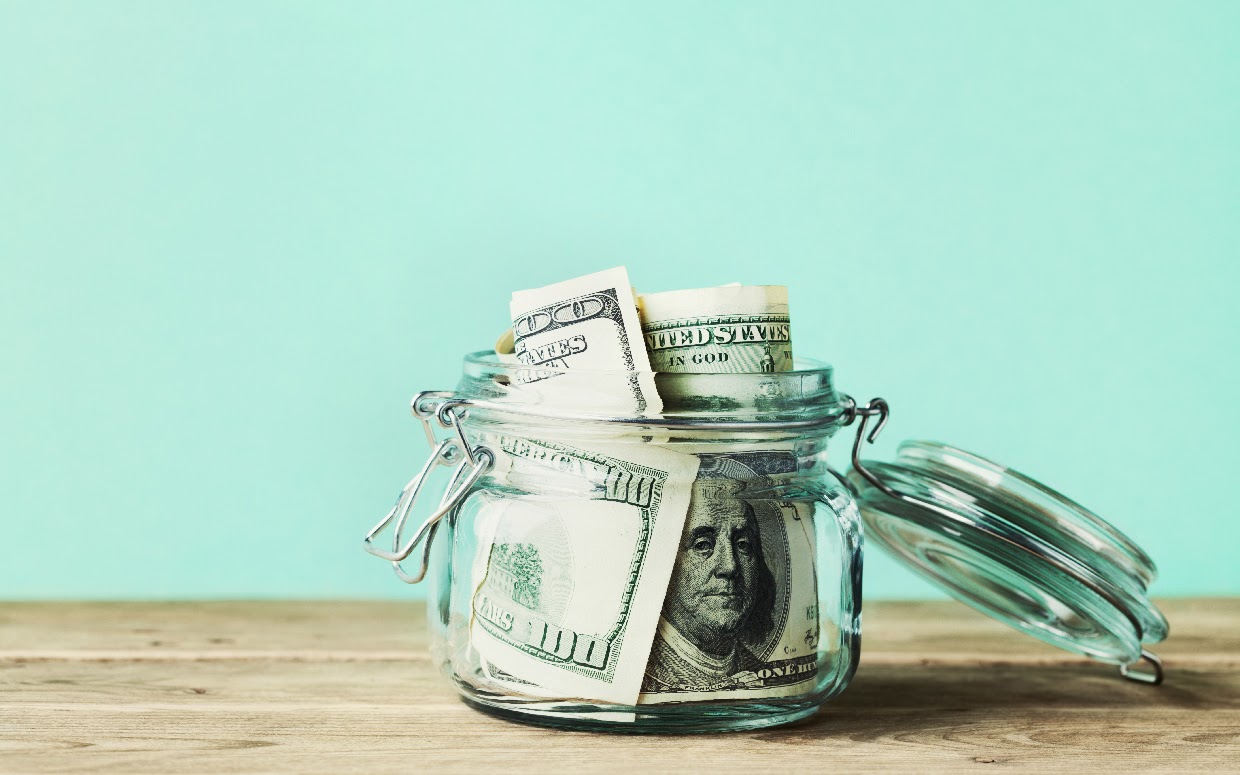You may have opted to get money to buy your dream home, or maybe you’ve just had your home loan approved. Working out the total cost of the loan you are taking out, not just the amount you are borrowing or how much you can afford to pay each month, but also
including interest payments, is crucial.
Here’s a handy guide here to steer you in the right direction.
Make a list of your debts
You need to be able to access all your debts and the amounts you owe in one place before you can come up with a solution. An ideal way to do that is by using a debt reduction spreadsheet. This list will include the amount of the loan, the interest rate and the overall amount that you owe.
A debt reduction spreadsheet is a valuable financial tool that helps individuals track and manage their outstanding debts, providing a clear overview of payment progress and facilitating strategic planning for effective debt repayment.
This statement will also cover all of your debt, including your mortgage, from credit cards to personal loans to student loans. If you owe the family and friends money, you should have it on your list as well.
Prioritise your debt
After listing your debt, the next step is to prioritise your debts, so that you can determine which to pay first.
Most people advocate starting from the smallest number to the highest because this will carry the momentum to a head. Others would consider ranking debts from the highest to the lowest interest rate because that would save you the most time.
Credit loans, like credit cards, can have a much higher interest rate, and it’s usually better to start there, but the main thing is to stick to the list after you make it. But it is crucial that you work but a way of repaying your debts that not only considers the most important debts to repay but that also works for you.
Consider the 20-30-50 Plan
Better than a standard budget, the 20-30-50 rule is a convenient, versatile way to keep your expenses accountable.
It involves committing 20% of your income towards strengthening your finances. In this scenario, each month, you might channel it into paying off your loans. Then share 30% for
personal things such as eating out and going to the movies, then finally, spend50% on what’s necessary, such as rent and bills.
Track your expenses
It is easy to spend money quickly because you are not carefully watching your investments. To avoid this, track all costs, including those payable in cash. Luckily, most banking apps nowadays allow you track every penny you’ve spent, and with some, you can even receive alerts when your spend or receive money as well as group similar transactions in one place for easy reviewing. This makes working out where you are overspending much simpler.
Build up your savings
Once your debts have been paid off, then you can work on setting up a savings account. This will help keep you from falling back into debt. One of the best strategies you can use to gain care of your money and to stop getting into debt is to set up an emergency fund.
When you take out a personal loan, it is your responsibility to repay that loanunder the agreed-upon terms. Budgeting I a great wat to help you save the moneyfor your loan repayments to stop yourself from falling into debt.



 Bitcoin
Bitcoin  Ethereum
Ethereum  Tether
Tether  XRP
XRP  Solana
Solana  USDC
USDC  Cardano
Cardano  TRON
TRON  Lido Staked Ether
Lido Staked Ether  Avalanche
Avalanche  Toncoin
Toncoin